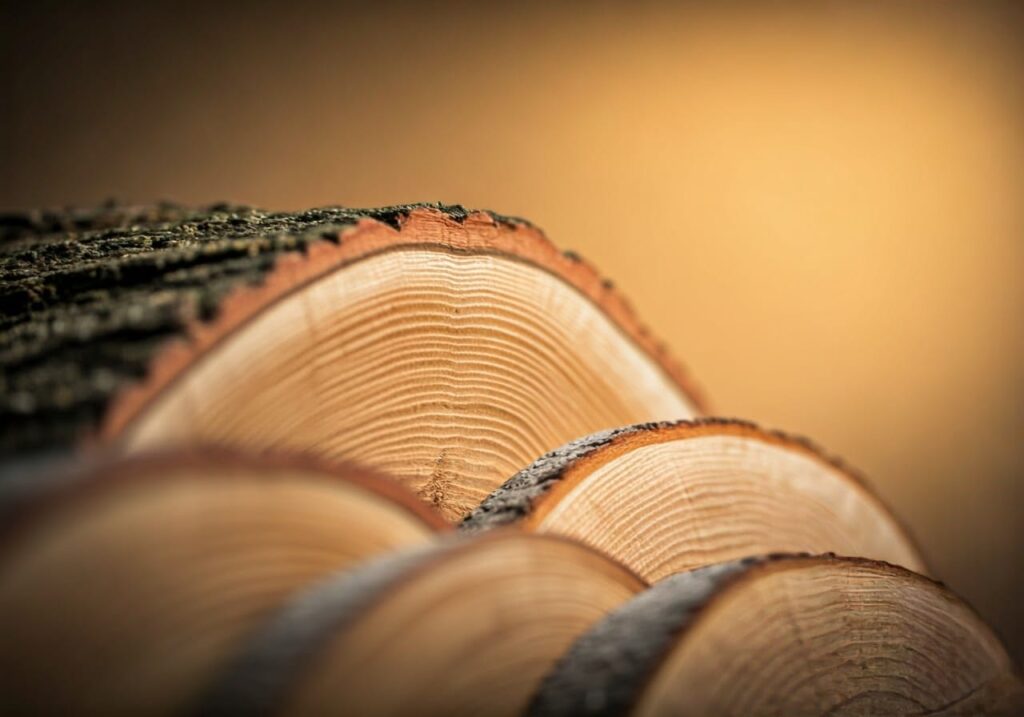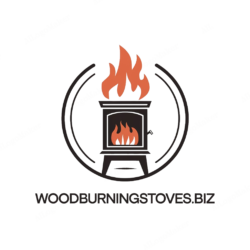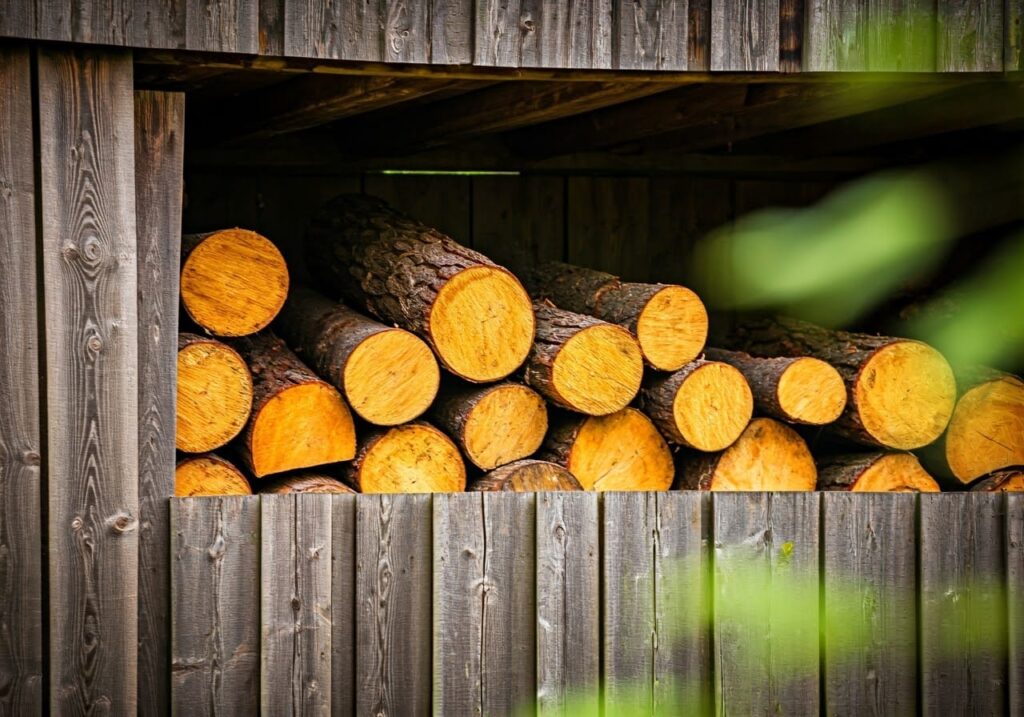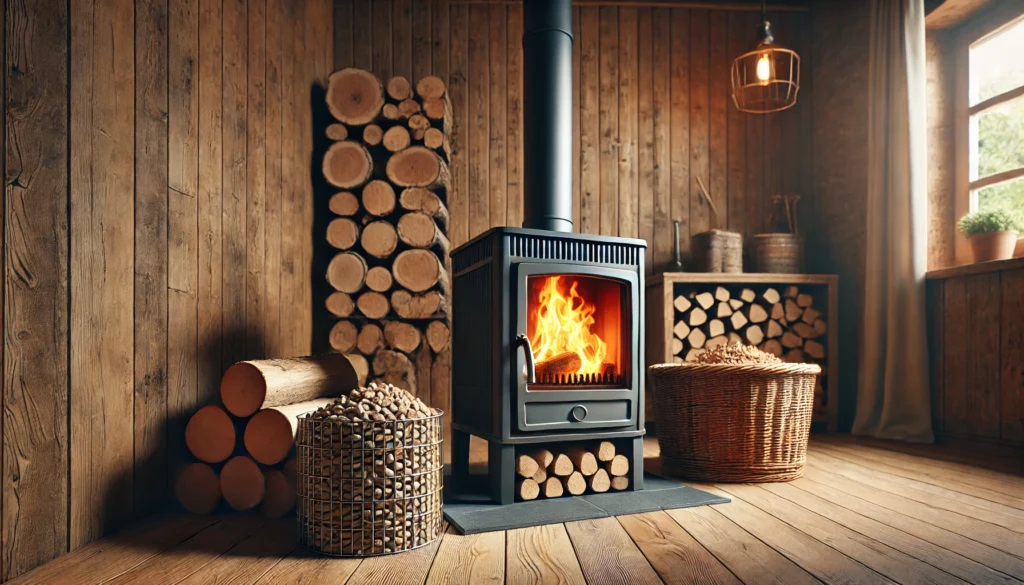Are you looking to maximize the heat output and efficiency of your wood stove? The type of wood you choose can make a significant difference in your heating experience. In this comprehensive guide, we’ll explore the best types of wood for your wood stove and help you make an informed decision for your heating needs.

Understanding Heat Value and Efficiency
Different types of wood produce varying amounts of heat, measured in British Thermal Units (BTUs). The higher the BTU rating, the more heat the wood will generate when burned. Here are some of the top performers:
High BTU Hardwoods
- Oak (Red and White): 24-28 million BTUs/cord
- Maple: 24-25 million BTUs/cord
- Hickory: 27-28 million BTUs/cord
- Beech: 24-25 million BTUs/cord
- Ash: 23-24 million BTUs/cord
Medium BTU Woods
- Cherry: 20 million BTUs/cord
- Elm: 19-21 million BTUs/cord
- Birch: 20-21 million BTUs/cord
Best Woods by Category

For Overnight Burns
Oak and hickory are ideal for overnight burning because they:
- Burn slowly and steadily
- Maintain consistent heat
- Produce long-lasting coals
- Require fewer reloads
For Quick Heat
Birch and cherry are excellent choices when you need heat quickly:
- Light easily
- Produce intense initial heat
- Perfect for starting fires
- Good for shoulder season heating
For Regular Daily Use
Maple and ash provide excellent all-around performance:
- Moderate burn time
- Good heat output
- Easy to split
- Readily available in most areas
What to Avoid
Some woods should be avoided in your wood stove:
- Pressure-treated lumber: Contains harmful chemicals
- Painted or stained wood: Releases toxic fumes
- Driftwood: Contains salts that can damage your stove
- Green wood: Creates excess smoke and creosote
Tips for Selecting Quality Firewood
Visual Inspection
Look for these characteristics:
- No visible mold or fungus
- Clean, split surfaces
- No signs of insect infestation
- Consistent color throughout
Sound Test
Quality firewood should:
- Make a hollow sound when knocked together
- Feel relatively light for its size
- Have visible cracks at the ends
Seasonal Considerations
Winter
Focus on dense hardwoods:
- Oak
- Hickory
- Maple
- Maintain longer burns during cold nights
Spring/Fall
Use medium-density woods:
- Cherry
- Birch
- Provide better temperature control
Cost vs. Value Analysis
While hardwoods typically cost more per cord, they often provide better value because:
- Burn longer
- Produce more heat
- Require less storage space
- Need fewer reloads
Storage and Preparation
To get the best performance:
- Split wood to appropriate size
- Season for at least 6-12 months
- Store properly off the ground
- Keep covered but with airflow
- Bring inside 24 hours before burning
Environmental Impact
Choose sustainable sources by:
- Buying from certified suppliers
- Using locally sourced wood
- Avoiding endangered species
- Supporting responsible forestry practices
Conclusion
The best wood for your wood stove depends on your specific needs, but hardwoods generally provide the most efficient and effective heat. Consider factors like availability, cost, and burning characteristics when making your selection. Remember to properly season and store your wood for optimal performance.


